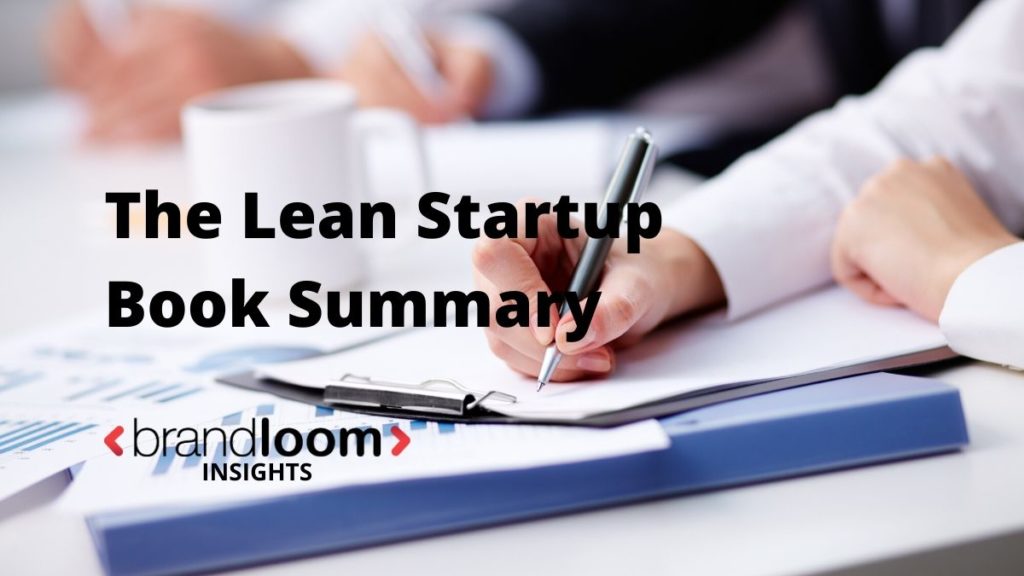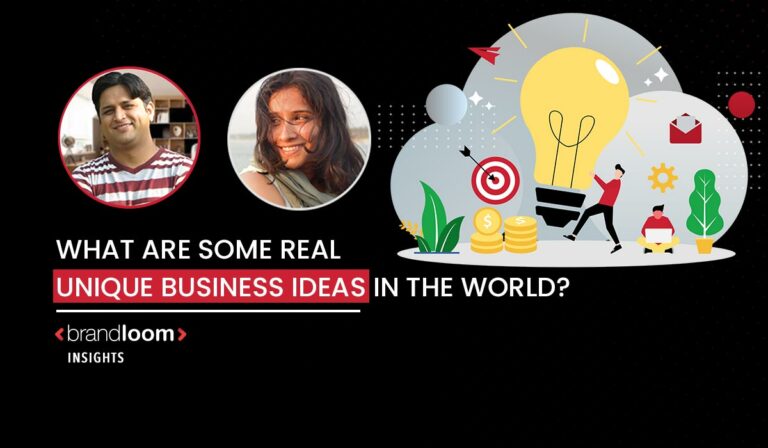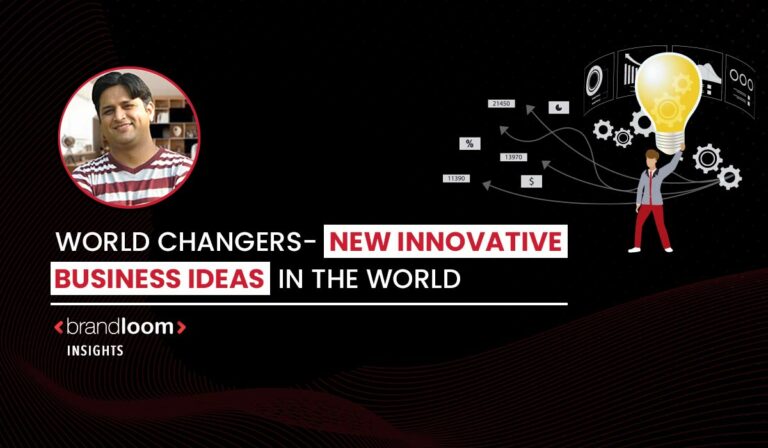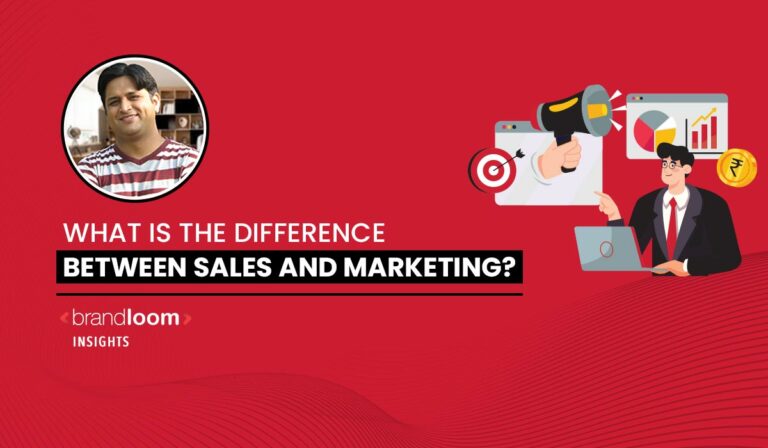The Lean Startup is a book about the most efficient entrepreneurial process. This is a process that every startup should adopt to achieve success with game-changing innovation.
Five Principles of the Lean Startup
- Entrepreneurs are everywhere
- Entrepreneurship is management
- Validate Learning
- Build-Measure-Learn
- Innovation Accounting
3 Key Phases of Lean Startup
- Vision: Identify the entrepreneur, define the startup, define progress through validate learning using the scientific method
- Steer: Create build-measure-learn feedback loops by;
- identifying leap-of-faith assumptions (aka killer questions)
- building a minimum viable product (MVP) to test assumptions tested
- appropriate accounting to track progress and decide if a major change/pivot is necessary
- Accelerate: Go through subsequent build-measure-learn feedback loops as quickly as possible using small-batch manufacturing concepts. Continue feedback loops even as the product becomes successful
Key Points
- Startups fail because of so much uncertainty even if you have a good plan, solid strategy and thorough market research is not enough. In addition, “Just do it” doesn’t work either
- Experimental Discovery: You must find the fastest way to experiment. Often one can get information in 1/10th time of traditional methods if you practice experimental discovery.
- Experimental Discovery: You must learn to identify and to test leap-of-faith assumptions systematically. If the assumption is “true”, then you have a tremendous opportunity. If on the other hand, the assumption is “false”, then the whole venture risks failure. When testing, look for “analogues” (positive examples) and antilogs (negative examples) that answer a critical question.
- Experimental Discovery: MVP: Minimally viable product. A stripped-down version of the product that can be used to test assumptions with real customers. Helps entrepreneurs start the process of learning as quickly as possible. Different than traditional development (long incubation that strives for perfection) – the goal is to begin the learning process, not end it. The MVP does not always need to be a full prototype. Always challenge yourself to remove any feature, process or effort that does not directly contribute to your learning. Know that MVP’s often result in bad news – but it is good to learn this stuff early.
- Customer Focus: Early contact with customers helps create a “customer archetype” to target
- Customer Focus: When building a product ask yourself; (1) do customers recognize they have the problem you are trying to solve? (2) If there was a solution – would they buy it? (3) Would they buy it from us? (4) Can we build a solution for that problem?
- Value Creation: You can often run things “behind the curtain” in a manual way, in the beginning, to test assumptions before actually investing in automation. Sometimes the inexpensive compromise will out-perform the expensive solution in customer tests.
- Value Creation: Rule of Sustainable Growth: New customers come from the actions of past customers by; (1) word of mouth, (2) side effect of product usage, (3) through funded advertising, (4) through repeat purchase.
- Knowledge: Measurement: A start-up’s job is to; (1) rigorously measure where it is right now; and (2) devise experiments to move real numbers closer to the ideal. Standard accounting measures tend not to show the real drivers of growth in a start-up. Measures need to be; actionable (demonstrate clear cause and effect), accessible (easy to get to and read) and auditable (creditable with employees, because these metrics will often reveal tough info)
- Knowledge: Split-Tests (where one group is given a different version of a product or MVP) is very useful to test if a new feature changes behaviour. Often helps eliminate work that doesn’t actually matter to the customer.
- Knowledge: Kanban is a useful process to make sure enough (but not too many) issues are worked on simultaneously. Only 3 items can be worked on in each of 4 stages: Backlog, In Progress, Built, Validated. This helps teams work together to move issues through the whole process – you can’t add new issues unless there is an opening or one is removed/solved.
- Change: Continuous, but simple question: Are we making sufficient progress to believe that our original strategic hypothesis is correct or do we need to make a major change (aka a pivot). Pivots are a permanent fact of life for a growing business. Most entrepreneurs wish they had pivoted earlier – Vanity metrics, unclear hypothesis, and fear prevent entrepreneurs from making a pivot.
- Change: Symptoms of needing to pivot: decreasing experiment effectiveness, lack of productivity of product. Early success can make it even harder to make a necessary pivot later (commonly needed when moving from early adopters to mainstream customers)
- Change: Some typical pivots include (pg 172): Zoom-In, Zoom-Out, Customer Segment, Customer Need, Platform, Value Capture (monetization), Engine of Growth (viral, sticky or paid), Channel, Technology
- Use the five “Why” to do root cause analysis and make sure you are solving the right problem
- 4 phases of innovation: (1) start-up, (2) scale/integration with current business, (3) op ex to increase margin by lowering cost, (4) optimize legacy products. Problems arise when companies try to have the same person manage a product through all these phases – typically takes different types of managers.
- Principled Entrepreneurship™: As a product is out longer (or you are in a role longer) it takes constant effort to stay fresh and focused.
Other Vocabulary
- Principled Entrepreneur™: “Intrapreneur”: an entrepreneur working in a large company
- Experimental Discovery: Validated Learning: The process of demonstrating empirically that a team has discovered valuable truths about the start-up’s present and future business prospects. Presenting directly to the customer can reveal interesting (and often surprising) information – don’t fall into the trap of just trying to ask customers what they want, often they can’t accurately express it.
- Value Creation: Value: Providing benefit for the customer – everything else is waste
- Value Hypothesis: test whether a product or service really delivers value to customers once they are using it.
- Growth Hypothesis: tests how new customers will discover a product or service
- Customer Focus: Early Adopters: Customers who feel the need for the product most acutely. These customers tend to be forgiving of early mistakes and are especially eager to give feedback. They actually like the 80% solution because that means they are on the cutting edge
- Customer Focus: “Genchi Gembutsu”: Japanese term meaning go and see for yourself. In lean manufacturing, unacceptable to take anything for granted or rely on the reports of others.
Common issues in Large Companies
- If you only run one test at a time, it encourages people to become “politicians” who must lobby for their idea
- Change: Many business leaders have been successful because they are great at planning and analyzing – being a successful entrepreneur requires a different way of doing things
- Value Creation: Delays can prevent collecting the necessary feedback from customers. Overworking your MVP can be one of the main drivers of delay. The tendency is for MVPs is slow development and striving to be too polished because there is more concern over image, brand and existing customers. Remember you could always launch an MVP under a different name while you are in the learning phase. Consider how to protect the parent company from the internal start-up and vice-versa
- Comparative Advantage: Fear of competitors copying is often over-blown. A head starts from secretive testing is rarely large enough to matter. The only way to win is to learn faster than anyone else
- When good results don’t come out of the experiments sometimes it is assumed by senior management that the team is not working hard enough. The team then works harder (lowering morale) and often senior leadership gets more involved in planning to slow the process even more.
- Internal Markets: To be successful internal start-up teams need the support of senior management, scarce but secure resources, independent authority to develop business (without needing to get an excessive amount of approvals), and a personal stake in the outcome
- Switching to validated learning often feels worse before it feels better
Innovation Accounting: Potential Ways to Measure Progress (Knowledge: Measures)
- Number of customers using products that didn’t exist 3 years ago
- % of revenue coming from offerings that didn’t exist 3 years ago
- # of the customer moving through funnel metrics (ex. Websites: Registration, Activation, Retention, Referral). Track in cohorts (each new group of customers), not in aggregate
- Engines of growth: Sticky – need to track Churn, Viral – need to track the viral coefficient of how many people will a new customer bring with them, Paid – need to track acquisition cost vs lifetime profitability
Watch-Outs
- Customer Focus: Make sure your customer can actually use and understand your product – often times creators are so close to it that they assume everyone will “get it”
- Legal Risk: Sometimes the first release of an MVP starts the window in which a patent must be filed
- Knowledge: Beware of “vanity metrics”: measurements that tell a rosy story but don’t actually indicate whether you are building a long term sustainable business model
- Whole vs the Parts: Beware that by optimizing one part of the process (say product development) you might be sub-optimizing the overall process (of delivering a product to market that customers actually care about)
- Customer Focus: Sometimes industry standards need to be challenged as well (ex. Registration after trial on websites)
- Change: Pivoting is hard – Can be useful to have regularly scheduled Pivot or Persevere meetings 1x/quarter
- Whole vs the Parts: Beware the “Large Batch Death Spiral”, i.e. trying to completely finish one part before hand-off typically just slows things down and cause lots of rework – as this happens batches tend to grow.
- Beware the five why’s turning into the five blames- be tolerant of the first mistake, but never let it happen again
Quotes:
- Entrepreneurship is a kind of management
- Successful entrepreneurs possess a unique combination of perseverance and flexibility.
- Be determined to make new mistakes
- Bit by bit customers tore apart our seemingly brilliant strategy
- Experiments test a strategy to see which parts are brilliant and which are crazy
- Allow yourself to be surprised by customer behavior
- If the numbers from early experiments don’t look promising then there is clearly a problem with the strategy
- A start-up is a catalyst that transforms ideas into products. Feedback is both qualitative (what people like and don’t like) and quantitative (how many people use it and are willing to pay for it)
- Only 5% of entrepreneurship is the big idea (business model and white board strategizing). The other 95% is the gritty work that is measured by innovation accounting: product prioritization, deciding which customers to target or listen to, and having the courage to subject a grand vision to constant testing and feedback
- There is no bigger destroyer of creative potential than the misguided decision to persevere
- It was painful – as it always is – to realize that energy had been wasted
- There is surely nothing quite so useless as doing with great efficiency what should not be done at all
Fun Examples
- Village Laundry Service: Corner laundry kiosks in India that clean clothes better and quicker than traditional hand washing services
- Dropbox: rather than spend significant time investing in IT to develop a prototype product, the creator made a video that demonstrated how the product WOULD work and used that to gauge customer interest
- Food on the Table (menu and shopping advice for moms): Started with one real customer that the CEO and VP of product development worked with personally, than they added a few more. “Concierge” service for the first few customers to maximize learning. Once enough people wanted to sign up that they couldn’t handle the requests in person, then they invested in automation.







